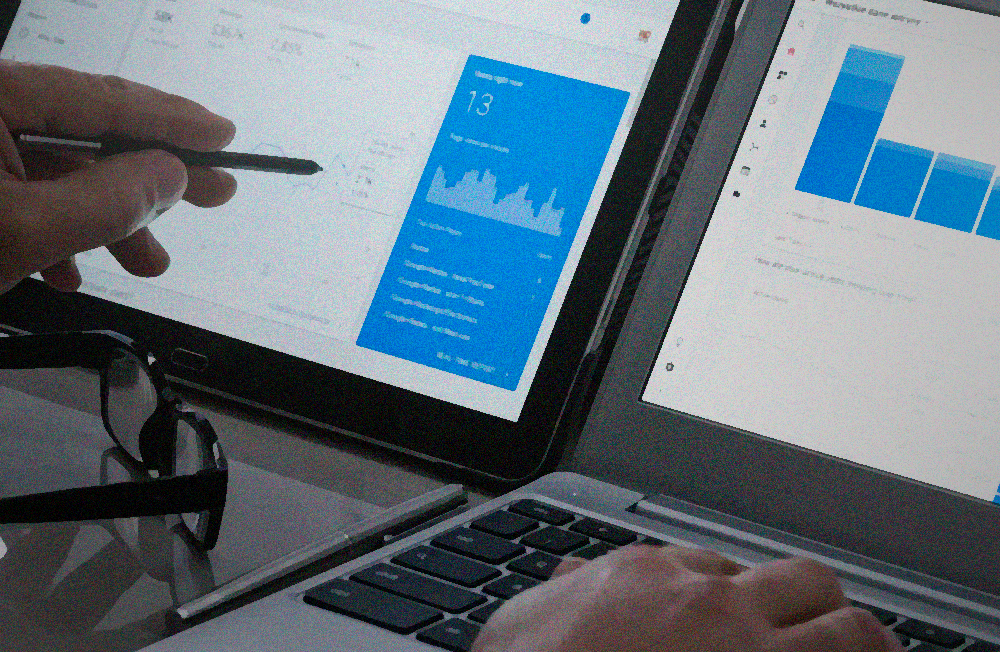If you can’t measure your results, you can’t improve them.
In traffic management, tracking conversions accurately is the foundation for optimizing ad campaigns and proving return on investment (ROI) to clients or stakeholders.
Whether your goal is sales, leads, or app installs, proper tracking ensures every decision is based on reliable data.
What Is a Conversion?
A conversion is any desired action a user takes after interacting with your ad.
This could be:
- Completing a purchase
- Filling out a contact form
- Downloading an app
- Signing up for a newsletter
- Watching a video to a certain point
Your definition of “conversion” depends on your campaign objectives.
Why Accurate Conversion Tracking Matters
Without accurate tracking, you risk:
- Investing in channels or ads that aren’t actually driving results
- Missing opportunities to scale profitable campaigns
- Making optimization decisions based on incomplete or misleading data
Conversion tracking isn’t just a technical step — it’s a strategic necessity.
Step 1: Define Your Conversion Events
Before setting up tracking, decide what actions truly matter.
Ask:
- What is the primary goal of this campaign?
- Are there secondary actions worth measuring?
Example: For an e-commerce brand, the main conversion could be a completed purchase, while secondary conversions might be adding a product to the cart or subscribing to a mailing list.
Step 2: Choose Your Tracking Method
Common tracking methods include:
- Pixel Tracking
Small pieces of code (pixels) placed on your website to record user actions.
Examples: Facebook Pixel, TikTok Pixel, LinkedIn Insight Tag. - Event Tracking
Tracks specific interactions (e.g., button clicks, form submissions) using tools like Google Tag Manager. - UTM Parameters
Special tags added to URLs to track where clicks are coming from and how they perform in analytics tools. - Server-Side Tracking
Sends conversion data directly from your server to ad platforms, reducing data loss from browser restrictions.
Step 3: Set Up Tools and Platforms
The most common setup for beginners includes:
- Google Tag Manager (GTM) – To manage all your tracking codes in one place
- Google Analytics 4 (GA4) – To monitor and analyze user behavior
- Platform-specific pixels – Facebook, TikTok, LinkedIn, etc.
Tip: Always test your tracking before launching campaigns using tools like the Facebook Pixel Helper or Tag Assistant.
Step 4: Ensure Cross-Device and Cross-Platform Tracking
Users often interact with ads on one device but convert on another.
To track this accurately:
- Enable cross-device tracking in analytics platforms
- Use login-based tracking when possible (e.g., for apps and membership sites)
- Integrate CRM systems with ad platforms
Step 5: Test and Validate
A common mistake is assuming your tracking works because the setup “looks right.”
Instead:
- Perform test conversions to ensure data is recorded correctly
- Compare platform data with analytics reports to spot discrepancies
- Check for overcounting or missing conversions
Step 6: Monitor and Optimize
Tracking isn’t a “set it and forget it” process.
- Review your conversion paths regularly
- Adjust attribution settings (first click, last click, data-driven) depending on campaign goals
- Ensure tracking remains functional after website updates
Common Beginner Mistakes to Avoid
- Forgetting to track secondary conversions that can inform strategy
- Installing multiple tracking codes incorrectly, causing double counting
- Relying on only one platform’s numbers without cross-verifying data
- Ignoring privacy regulations like GDPR and CCPA when collecting user data
Pro Tips for Better Tracking
- Use UTM parameters consistently in all your campaign links
- Set up custom conversions for more granular insights
- Integrate ad platform data with reporting dashboards like Looker Studio
- Document your tracking setup for easy troubleshooting later
The Bottom Line
Accurate conversion tracking is the bridge between ad spend and measurable results.
By defining clear conversion events, using the right tools, and validating your setup, you ensure that every optimization is based on trustworthy data — making your campaigns more effective and your decisions more confident.



